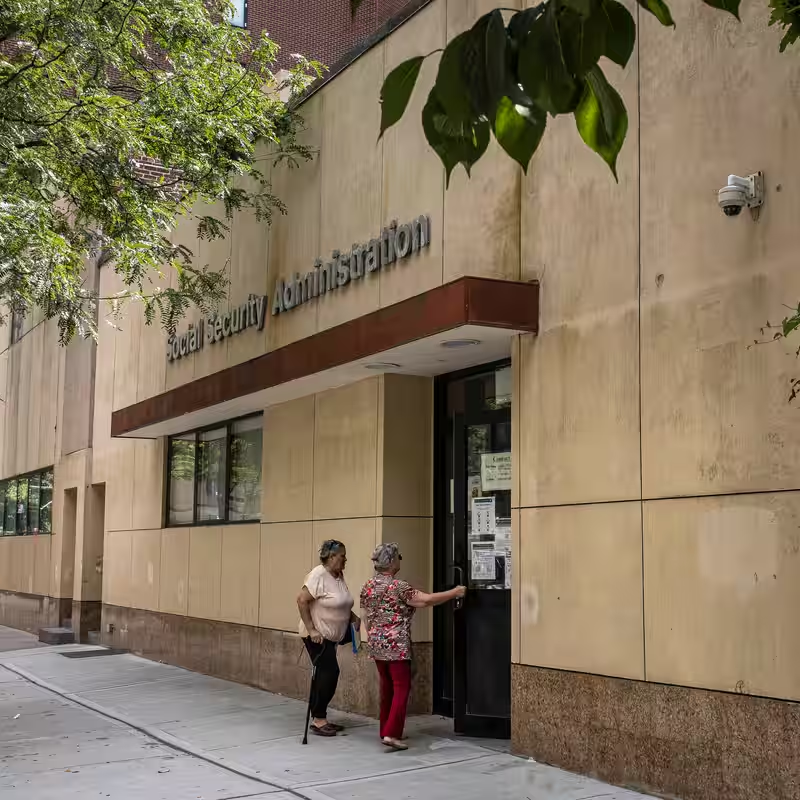Millions of Americans will soon see a modest bump in their monthly Social Security checks—but don’t pop the champagne just yet. The Social Security Administration (SSA) announced a 2.8% cost-of-living adjustment (COLA) for 2026, effective January. While this translates to an average increase of about $56 per month, rising Medicare premiums could swallow nearly half of that gain.
What Is the 2026 Social Security COLA?
The COLA—short for Cost-of-Living Adjustment—is an annual tweak to Social Security benefits designed to keep pace with inflation. For 2026, the SSA used data from the Consumer Price Index for Urban Wage Earners and Clerical Workers (CPI-W) covering July through September 2025 to calculate the 2.8% bump.
This adjustment will impact roughly 75 million beneficiaries, including:
- Retirees
- Spouses and survivors of retirees
- Disability benefit recipients
- Supplemental Security Income (SSI) recipients
How Much More Will You Actually Get?
On paper, the average beneficiary will receive an extra $56 per month. But here’s the catch: most retirees have their Medicare Part B premiums automatically deducted from their Social Security checks.
According to the latest Medicare Trustees Report, the standard Part B premium is projected to jump by 11.6%—from $184.96 to $206.50 per month. That’s an increase of $21.54.
| Benefit Component | 2025 | 2026 (Projected) | Change |
|---|---|---|---|
| Average Social Security Benefit | $2,000 | $2,056 | +$56 |
| Medicare Part B Premium | $184.96 | $206.50 | +$21.54 |
| Net Monthly Gain | — | — | +$34.46 |
For lower-income beneficiaries, this dynamic is even more painful—some may see little to no net increase after Medicare deductions.
Why This COLA Feels Smaller Than Expected
After two years of unusually high COLAs—8.7% in 2023 and 3.2% in 2024—the 2.8% increase for 2026 reflects cooling inflation. But for seniors facing high costs in housing, food, and especially healthcare, even modest inflation hits hard.
According to KFF, a health policy nonprofit, healthcare accounts for 13.6% of total spending among Medicare enrollees—more than double the burden of other households.
Geographic Disparities: Your COLA Goes Further in Some States
Where you live dramatically affects how far your Social Security dollars stretch. The Elder Index—a measure of basic living costs for older adults—shows stark differences:
- New York City: $30,936/year needed for basic needs
- Birmingham, Alabama: $21,576/year
Housing and healthcare drive most of this gap. Retirees in high-cost urban areas may find the COLA barely covers rent hikes.
Are You Financially Ready for Retirement?
Social Security was never meant to be the sole source of retirement income—it replaces only about 40% of pre-retirement earnings for middle-income workers. Yet, a recent Vanguard study found that just 42% of Americans are on track to maintain their lifestyle in retirement.
Workers with access to a 401(k) plan are twice as likely to be financially prepared. “Those who do have access appear to be on a stronger footing,” said Fiona Greig, Vanguard’s global head of investor research.
For low-income retirees, cutting expenses isn’t a realistic option. “Lower-income people don’t have much budget that they can cut,” Greig added.
What’s Next?
The SSA will begin mailing and emailing updated benefit statements in early December 2025. Beneficiaries can also check their new payment amounts online via their My Social Security account.
Struggling to make ends meet? The National Council on Aging’s BenefitsCheckUp tool can help you find assistance for food, housing, utilities, and healthcare.




